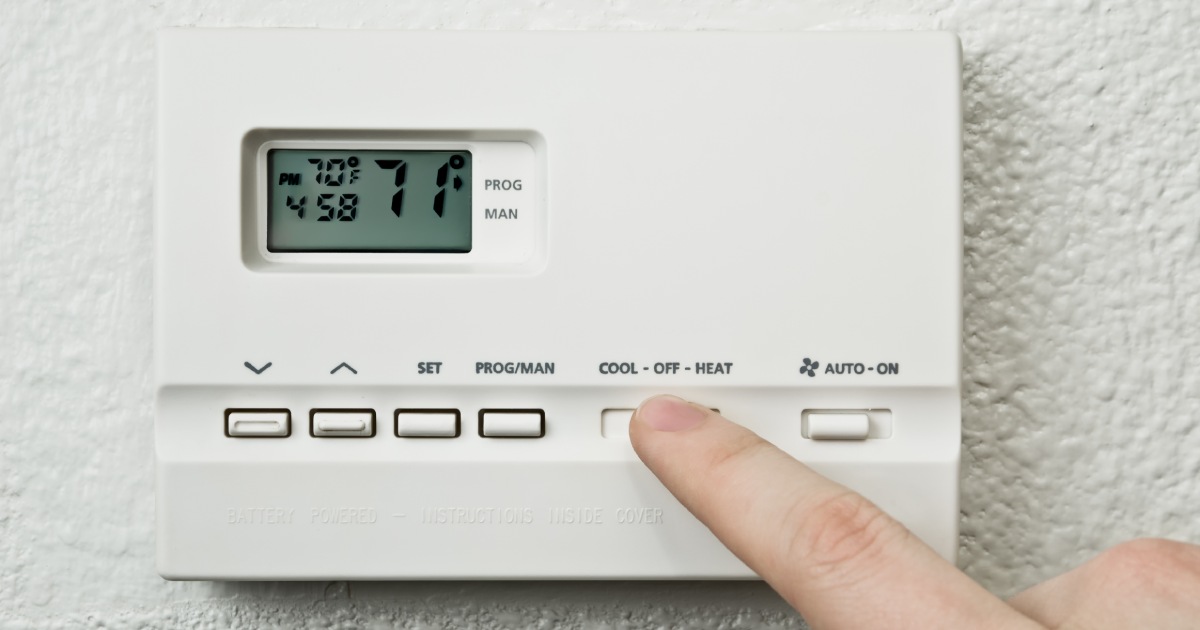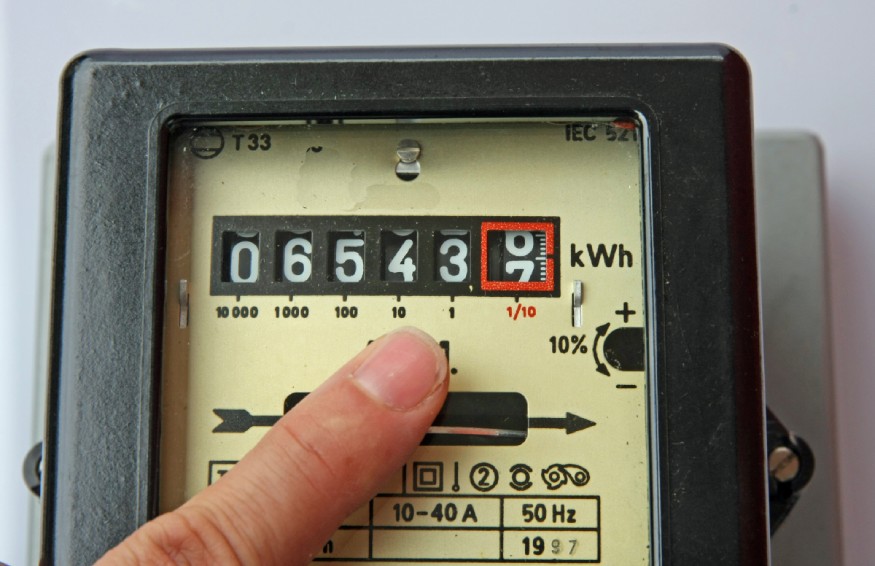Heat pumps are an excellent option for cooling homes in the summer and heating them in the winter. However, unlike a gas furnace, it can only produce a limited amount of heat.
The colder it gets outdoors, the less effective heat pumps are at heating your home. Thankfully, many heat pump manufacturers plan for the need for supplemental heating when it gets extremely cold outdoors or if the heat pump fails.
This supplemental heating is known as “emergency heat” and is almost always electric heat that your home will rarely need. To learn how long you can run emergency heat and what it is, continue reading this guide.

How Long Should You Run Emergency Heat?
In urgent situations, emergency heat may be your only option to keep your house warm in frigid weather– perhaps your winters are usually around 35-40ºF, with a few super-cold 0ºF days every year or two.
In this case, your heat pump may not be able to keep your home at comfortable, warm temperatures, which would require extra heating or your “emergency heat.”
While you can run emergency heat as long as you want, it’s extremely expensive. Therefore, you should use emergency heat sparingly and only as the name implies: during emergencies.
What Is Emergency Heat?
Emergency heat is a supplemental heating source for heat pumps, generally in the form of electric resistance heating at the indoor unit.
When you turn on the emergency heat setting on your thermostat, the compressor and heat pump shut down entirely, allowing the heat pump’s electric heat strips to turn on.
This provides heat without damaging the outdoor heat pump. Generally, emergency heat is electric, but it can run on other things, such as natural gas or oil. Heating with electricity is extremely expensive and should only be used as a last resort.
When your system is on Emergency Heat mode, your thermostat will usually display an indicator such as “EM”.
Why You Shouldn’t Use Emergency Heat

Several reasons point to why you shouldn’t regularly use emergency heat. Some of the main reasons why you should avoid switching your thermostat to emergency heat include:
Increased Energy Bills
Regularly heating your home with emergency heat costs an obscene amount more than regular heat pump running costs. The electric heat strip that the emergency heat system uses is substantially less efficient, making your electric bill skyrocket.
Related Article: The 6 Cheapest Heating Options For Your Home
Hard On Your System
In addition to driving up your electric bills, emergency heat taxes your system. This setting forces the system to bypass the heat pump, putting the backup element center stage.
The electric heating element is solely meant for extreme circumstances and short bursts of time. Using it too frequently can lead to failures.
When You Should Use Emergency Heat
Use emergency heat solely in emergencies. Typically, you’d use it if something is wrong with your heat pump or your area is hit with unseasonably cold weather.
When you flip on the emergency heat due to a malfunctioning heat pump, ensure you call in an HVAC technician to come and address the issue, as emergency heat isn’t sustainable cost-wise for an extended period for most people.
Instead of using emergency heat, consider doing the following instead to reduce your costs:
how much more expensive is emergency heat?
If you used emergency heat regularly instead of your heat pump to combat chilly temperatures, your electric bill would drastically increase.
For example, if you were to use your standard heat pump in 30-degree weather for 12 hours a day, seven days straight, at $0.13 per kWh, it would cost $32.76 for the entire week.
Calculate how much your heater costs you to run here.
On the other hand, consider using your emergency heat for the same time frame, at the same energy cost, but at a temperature of 10 degrees.
Since emergency heat draws excessive energy due to its inability to utilize energy efficiently, it would cost a whopping $196.56 for the entire week. Your heating costs will vary, but these estimations give you a good idea of the costs differences.
Conclusion
Emergency heat is imperative in climates that experience icy weather. However, while it’s an excellent backup heat source, it should never be used long-term as a primary heat source.
It’s costly, lacks energy efficiency, and wears down your system. While it’s a great feature, use it as intended: for emergencies only.